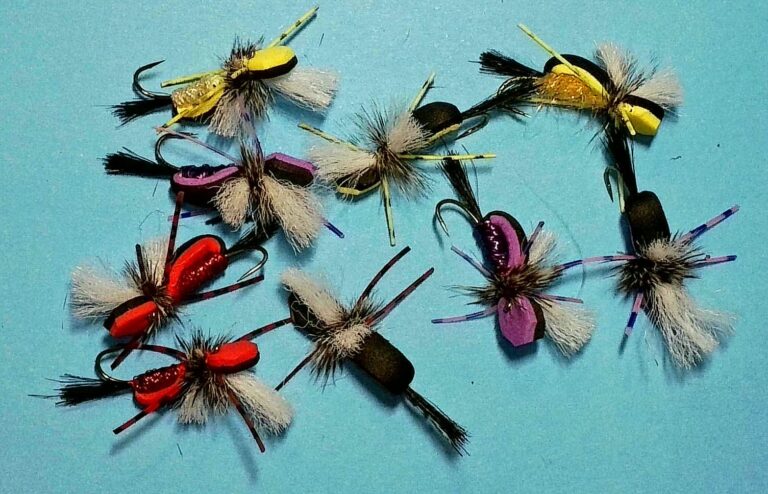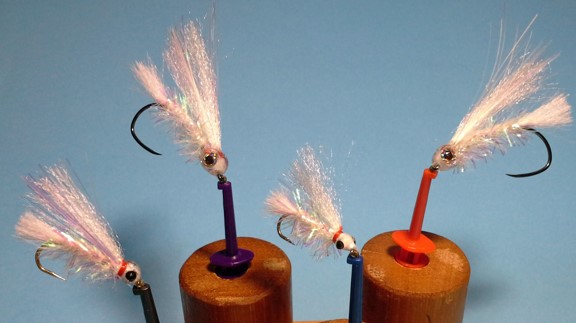Fed’s Poly Yarn Rubber Leg Stimulator Variant is a modern twist on the classic Stimulator pattern, heavily inspired by Randy Kaufmann’s Rubber Leg Stimulator (In the Riffle). The Stimulator is a widely popular fly, known for its versatility in imitating both stoneflies and grasshoppers, but Kaufmann’s addition of rubber legs takes it to another level. Randy himself describes the rubber legs as a perfect match for this fly, enhancing its movement in the water and giving it an irresistibly buggy appearance. With rubber legs, this fly can be tied in various colours, but Randy prefers natural tones, paired with grizzly barred rubber legs, for that extra touch of realism.
Fed’s variant introduces poly yarn into the design, giving it more flexibility and buoyancy while maintaining the essential features of the Rubber Leg Stimulator. The use of poly yarn adds durability and makes it suitable for different light conditions, depending on the colour you choose (Paul likes yellow).
For beginners looking to tie this fly, Fed’s advice is simple yet effective: start by tying larger flies, complete the first part on all the flies, and then move on to finish them in part two. This process not only improves consistency but also helps build muscle memory through repetition, allowing new fly tiers to hone their skills quickly and efficiently.
Materials
- Hook: Firehole curved hooks, size 8 & 10
- Thread: Orange, red, or rust
- Rib: Copper small wire
- Tail: Orange Poly Yarn
- Body: Tan Superfine Antron dubbing
- Hackle: Small brown dry rooster cape
- Wing: Poly Yarn (light for light conditions, black for dark conditions)
- Legs: Medium grizzly barred rubber legs, a light colour
- Head: Tying thread
- Hackle: Grizzly Whiting High or Dry rooster cape
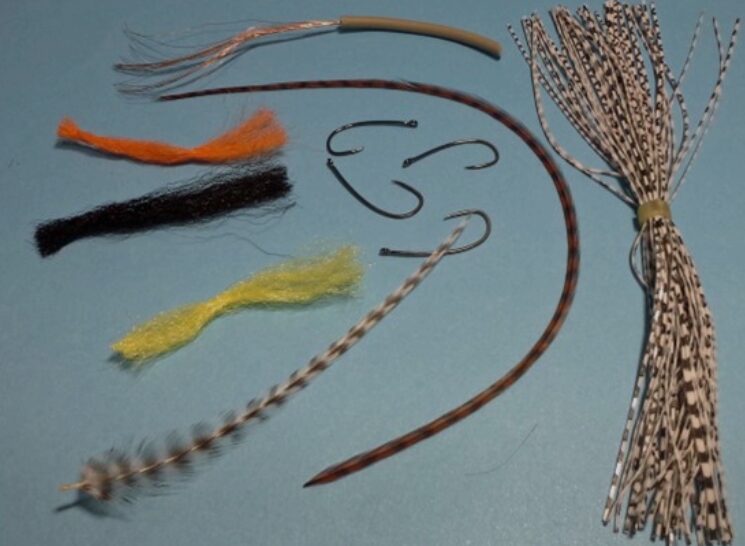
Tying Instructions
Part One
- Thread on hook back two thirds.
- Tie in the tail the length of the hook shank.


- Tie in the rubber legs – one on each side.
- Trim just short of the tail.
- Tie in the the copper wire for the rib.
- Dub a body with Antron dubbing.
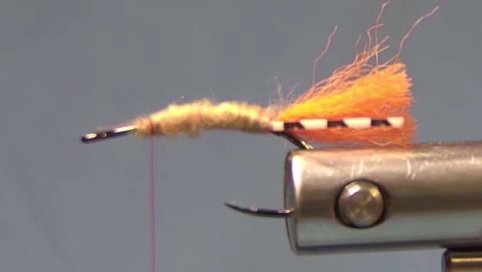

- Tie in a brown hackle feather at the tie-in point.
- Palmer the body.
- Reverse wrap the wire to secure the hackle.
- Half hitch.
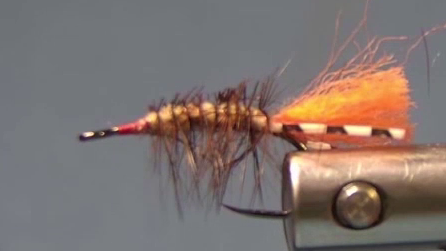
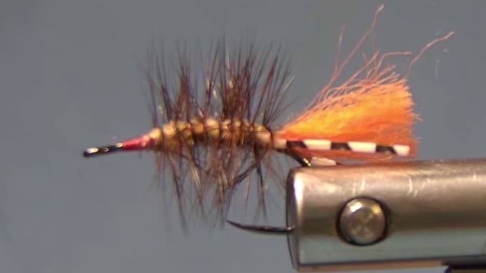
- Trim the thread with your thread scissors.
- Cut the hackle with a razor blade.
- Cut the wire with your wire scissors
- Cut the hackle with a razor blade.
- I trim the top of the hackle on the size 10 hook.

Part Two
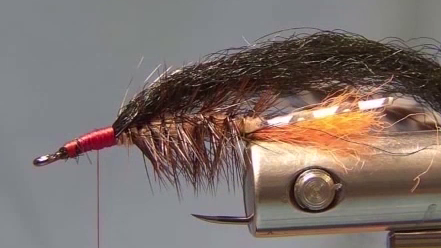
- Tie in the poly yarn wing – a little longer than the body.
- Tie in the larger grizzly hackle
- Tie in a leg on each side.
- Wrap a thorax of thread.
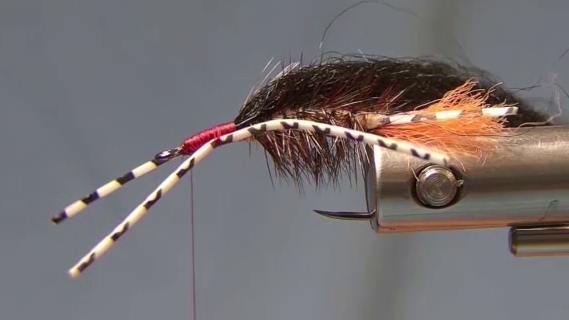
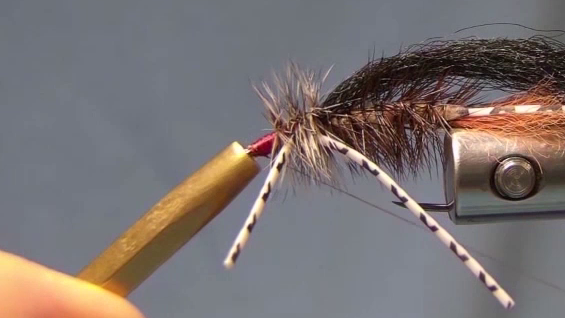
- Wrap the hackle over and between the legs and back to the eyes.
- Tie off – whip finish or half hitch.
- Trim the legs.
- Finish with water-based head cement.





